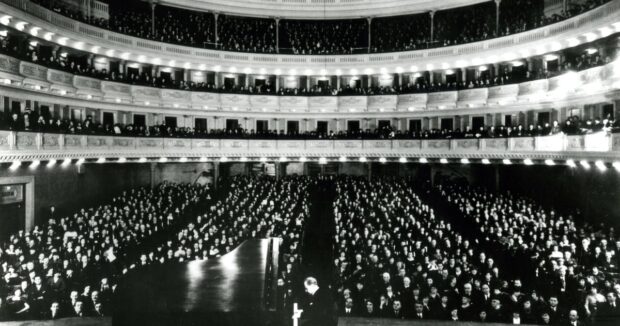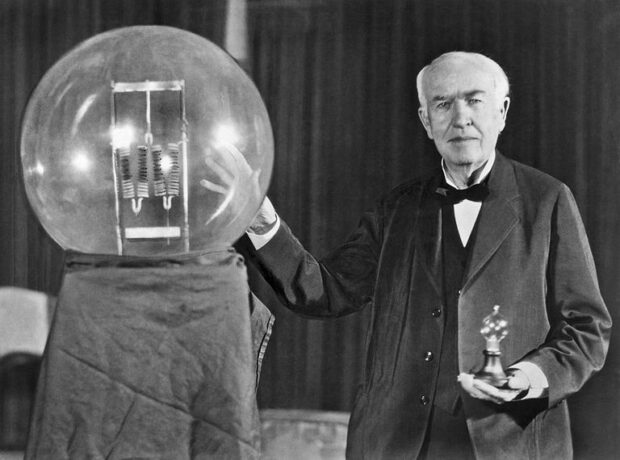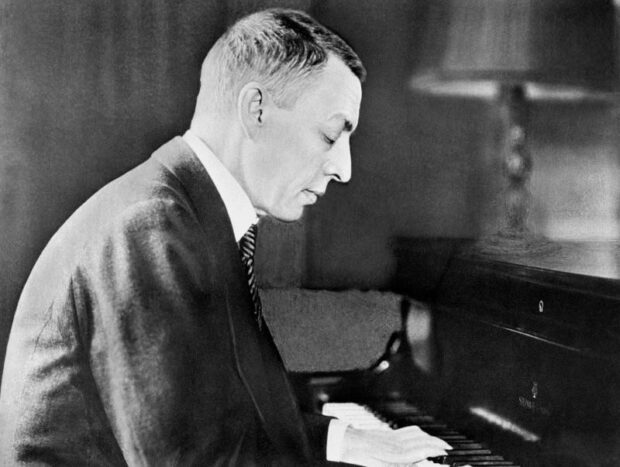Carnegie Hall is one of the most famous concert halls in the world and has set musical standards in its more than 125-year history – above all because of its outstanding concerts and brilliant acoustics.

Horse-drawn carriages lined 57th Street and 7th Avenue in New York. It was May 5th, 1891.
A new concert hall opened, a gigantic brick building in the style of the Italian Renaissance, financed by industrialist Andrew Carnegie. Previously, the head of the New York Philharmonic, Walter Damrosch, met the tycoon on a boat trip and convinced him that his orchestra needed a permanent home. Andrew Carnegie let himself be carried away. Everything should be right for the premiere.
READ America’s Most Famous Park: Central Park in New York

Carnegie was friends with the inventor Thomas Edison. Carnegie Hall was one of the first buildings to have electric light. Air conditioning was even thought of: before the premiere, ice was poured under the stage. Fans fanned out the air.
A celebrity was supposed to conduct the New York Philharmonic that evening. A world-famous composer was invited by the multimillionaire Andrew Carnegie, who was actually not a traveler who was about to open Carnegie Hall: Tchaikovsky himself. For five evenings he led the orchestra and choir through his works. For just two dollars admission you could experience a world star at this premiere, the cheapest ticket in the stands only cost 45 cents. The evening rolled out the carpet for countless other stars who were to perform in Carnegie Hall.

Sergei Rachmaninov.
Early on in its history, Carnegie Hall was a popular venue for the world’s best conductors such as Gustav Mahler, Arthur Nikisch, Thomas Beecham, Pierre Monteux, and Bruno Walter. The Italian conductor of the century Arturo Toscanini electrified the audience at Carnegie Hall for more than 28 years and wrote an unforgettable story when he appeared as a soloist with his son-in-law Vladimir Horowitz and raised more than $ 10 million for aid in World War II – in a single charity performance Tchaikovsky’s Piano Concerto in B flat minor. Many classical music stars celebrated their breakthrough here, such as Arthur Rubinstein and Yehudi Menuhin.
READ New York’s Heavenly Oases: Gardens in the Sky
Leonard Bernstein made his famous debut in 1943 and has performed more than 400 times in the concert hall throughout his career, where the 9th Symphony by Antonín Dvořák and An American in Paris by George Gershwin was premiered. Otherworld stars and performances of historical significance followed, for example, Beniamino Gigli presented his Farewell recital in New York in 1955, and in 1976, at the 85th anniversary of the opening of Carnegie Hall, there was a »concert of the century« Vladimir Horowitz only appeared as a song accompanist in his life. Otherworld stars such as Herbert Karajan, Maria Callas, Enrico Caruso, and Sergej Rachmaninoff also celebrated great successes.
Although Carnegie Hall was primarily intended as a concert hall, a wide variety of events took place from the start. From the beginning, Carnegie Hall was also an important showcase for cultural development in the United States. At the laying of the foundation stone of Carnegie Hall in 1890, Andrew Carnegie proclaimed, “All purposes can find a place here.”
Emmeline Pankhurst stood up for women’s suffrage and Margaret Sanger for birth control. The writer Mark Twain gave a lecture on the stage of the legendary house as did the young Winston Churchill and Albert Einstein. President Wilson promoted the Versailles Peace Treaty in 1919. Some well-known civil rights activists have also spoken here – such as Martin Luther King and Jesse Jackson. All political directions were represented. There was never a requirement. The open, liberal spirit of Carnegie Hall inspired not only musicians but also the most formative thinkers of the time.
The fact that international rock greats performed as well as classical orchestras and musicians are not only due to the big name of the venue but also to the remarkable acoustics of the Great Hall with 2804 seats on five levels. The Beatles were there too – but Paul McCartney was wrongly announced as John McCartney on the program. The concert was supposed to be recorded for publication at the time, but it was just too loud. “The girls were screaming their hearts out,” employees recall.
The Great Concert Hall was named in 1986 after the world-famous violinist Isaac Stern, who once said of the hall that it was like an instrument itself. The naming has a special background: When the New York Philharmonic, which had previously used Carnegie Hall as a venue, moved to Lincoln Center in 1960, many spoke out in favor of the hall being demolished. Stern stood up for the preservation of the house – and was successful.

The Beatles Live At Carnegie Hall.
Performance at Carnegie Hall is still an accolade and the start of a world career for every musician. One reason for the outstanding acoustics, which also works for larger ensembles and orchestras, is the cuboid structure of the building and the wood used for the wall cladding.
READ Governors Island: Escape From Hustle To History
The stage is very low compared to modern halls. It is also intended as a semicircle and vaulted with a flat dome. This helps! In this way, the sound can balance itself in a semicircle, develop and radiate from there into the hall.
The free development of music and spirit – Carnegie Hall offers unforgettable highlights thanks to world stars and unique acoustics.
Like us on Facebook for more stories like this: